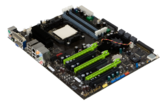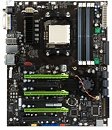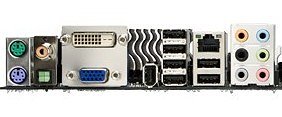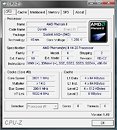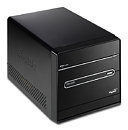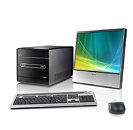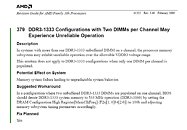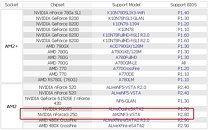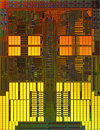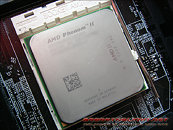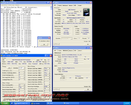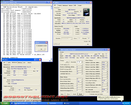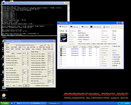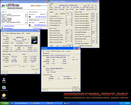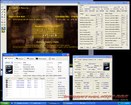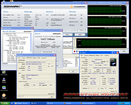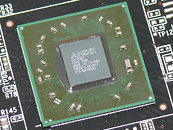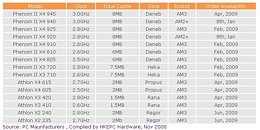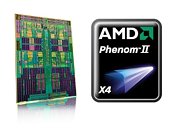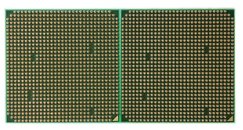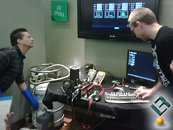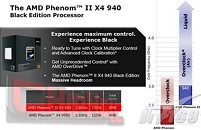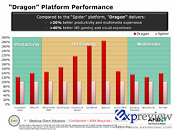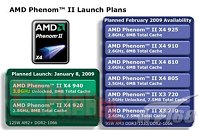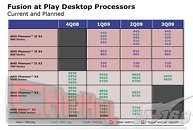
NVIDIA nForce 980a SLI Reference Platform Motherboard Pictured
Pursuing legal action against Intel for bringing its Intel-compatible platform development to a grinding halt due to legal complications, NVIDIA has kept its platform development for AMD on track. The company has made the nForce 980a SLI platform official, that supports the latest Phenom II series processors from AMD. The company published the product page on its website, and has pictured its reference design motherboard based on the chipset. The motherboard carries the "designed by NVIDIA" marking, which makes it a design that several of its AIC partners such as EVGA, XFX, Zotac, etc., can use simultaneously.
The motherboard sports the nForce 980a SLI chipset, paired with the nForce 200 PCI-Express bridge chip. The motherboard features a GeForce 8300-class IGP, with DVI-D and D-Sub outputs. It supports NVIDIA 3-way SLI and Quad-SLI. As an AMD platform, the chipset supports AM2, AM2+ and AM3 socket processors, with DDR3 and DDR2 memory support (depending on the processor). A 5-phase digital PWM circuit powers the processor. The nForce 980a SLI and nForce 200 chips are located adjacent to each other, and are cooled actively by a fan-heatsink. The product design looks production-grade and may attract partners to sell it.
The motherboard sports the nForce 980a SLI chipset, paired with the nForce 200 PCI-Express bridge chip. The motherboard features a GeForce 8300-class IGP, with DVI-D and D-Sub outputs. It supports NVIDIA 3-way SLI and Quad-SLI. As an AMD platform, the chipset supports AM2, AM2+ and AM3 socket processors, with DDR3 and DDR2 memory support (depending on the processor). A 5-phase digital PWM circuit powers the processor. The nForce 980a SLI and nForce 200 chips are located adjacent to each other, and are cooled actively by a fan-heatsink. The product design looks production-grade and may attract partners to sell it.
